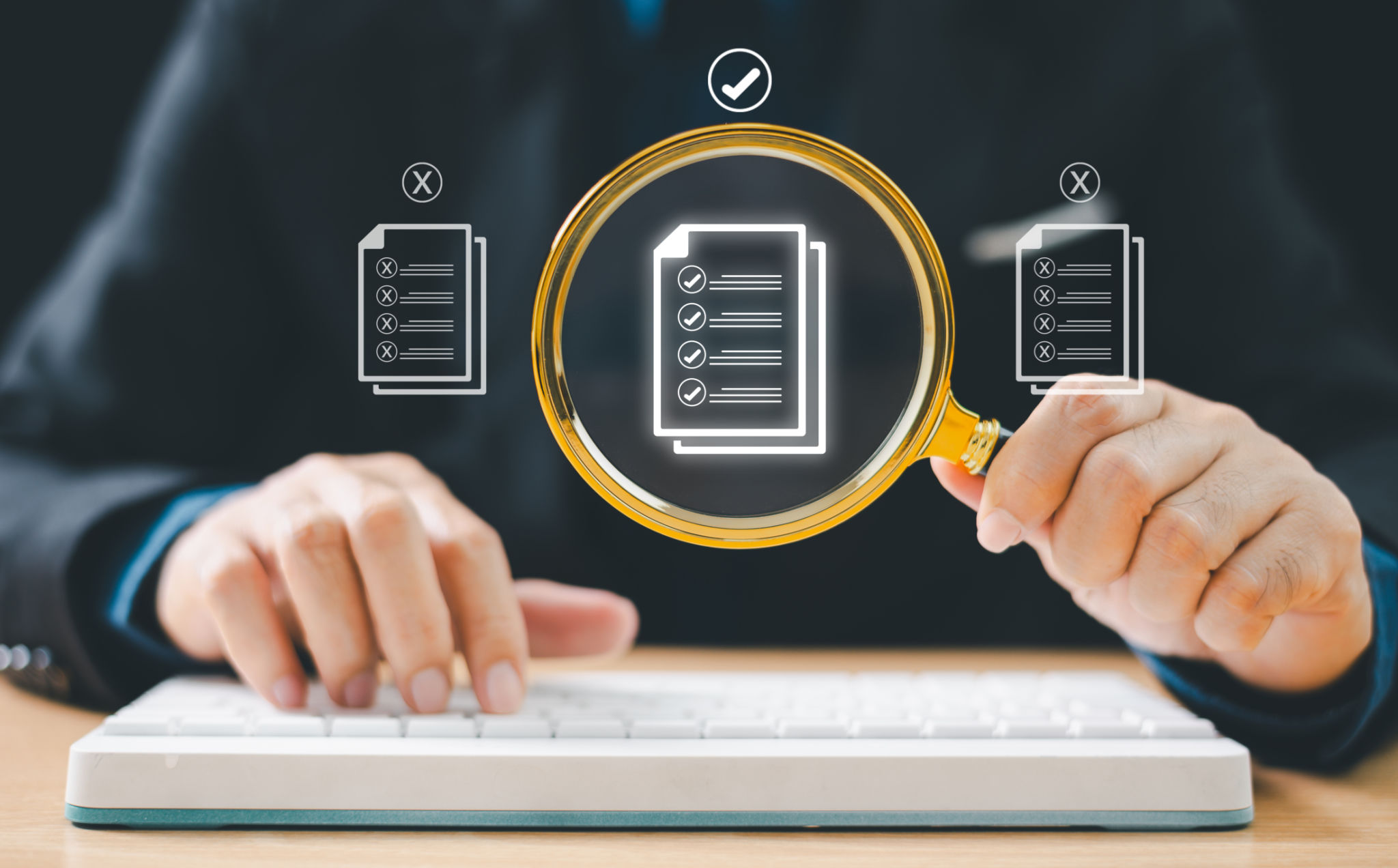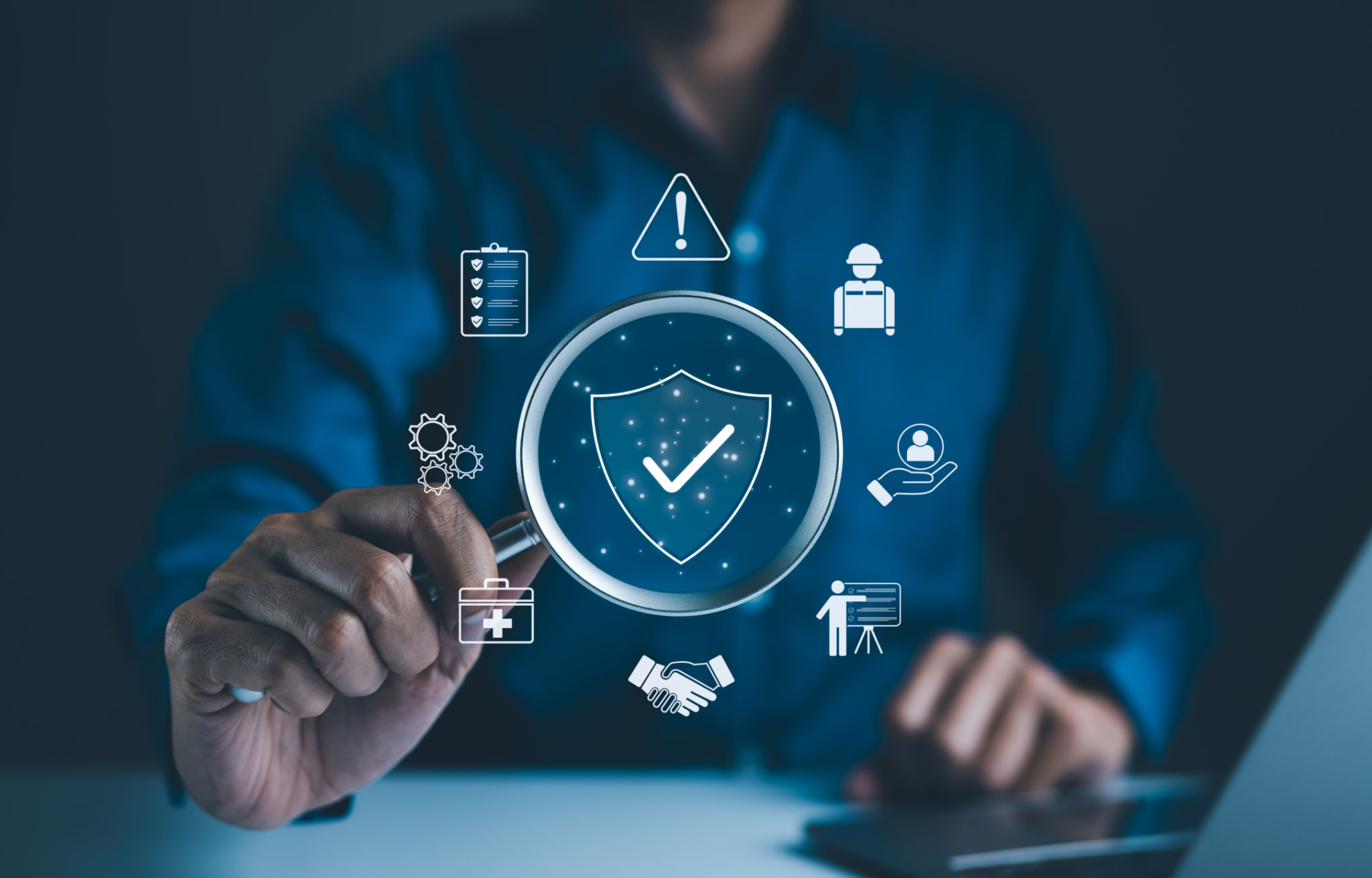Understanding Internal Controls: Ensuring Compliance and Risk Management
Understanding Internal Controls
In today's rapidly evolving business environment, maintaining effective internal controls is crucial for any organization. Internal controls are processes and procedures implemented to ensure the integrity of financial and accounting information, promote accountability, and prevent fraud. They form an integral part of a company's compliance and risk management strategy, helping to safeguard assets and enhance operational efficiency.

The Importance of Internal Controls
Internal controls are essential for organizations to achieve their objectives, ensure reliable financial reporting, and comply with laws and regulations. These controls help in identifying potential risks and implementing measures to mitigate them. With robust internal controls in place, businesses can proactively address issues before they become significant problems, thereby reducing the likelihood of costly errors or fraudulent activities.
Moreover, internal controls build trust among stakeholders, including investors, customers, and regulatory bodies. By demonstrating a commitment to transparency and accountability, organizations can enhance their reputation and foster stronger relationships with key parties.
Components of Internal Control Systems
An effective internal control system typically consists of five key components: control environment, risk assessment, control activities, information and communication, and monitoring. Each component plays a vital role in ensuring the overall effectiveness of the control system.
- Control Environment: This sets the tone for the organization by influencing the control consciousness of its people. It is the foundation for all other components of internal control.
- Risk Assessment: A dynamic process for identifying and analyzing risks that could impede the achievement of objectives.
- Control Activities: These are the policies and procedures that help ensure management directives are carried out.
- Information and Communication: Pertains to the identification, capture, and exchange of information in a form and time frame that enables people to carry out their responsibilities.
- Monitoring: The process of assessing the quality of internal control performance over time.

Ensuring Compliance Through Internal Controls
Compliance with applicable laws and regulations is a critical aspect of business operations. Internal controls serve as a framework for ensuring that organizations adhere to legal standards while maintaining operational efficiency. Through well-designed control activities, companies can detect and prevent non-compliance issues before they escalate into significant legal challenges.
Regular audits and assessments are necessary to evaluate the effectiveness of internal controls. These evaluations help in identifying gaps or weaknesses that need to be addressed, ensuring continuous improvement in compliance efforts.
Challenges in Implementing Internal Controls
While internal controls are vital for compliance and risk management, implementing them can pose several challenges. Organizations often face resistance from employees who may view these controls as cumbersome or intrusive. Additionally, maintaining an up-to-date control system requires continuous monitoring and resources.

To overcome these challenges, organizations must foster a culture that values compliance and risk management. Training programs can educate employees on the importance of internal controls and how they contribute to overall business success. By engaging staff at all levels, companies can create a more cooperative environment where internal controls are seen as beneficial rather than burdensome.
The Future of Internal Controls
As technology continues to advance, the landscape of internal controls is evolving. Automation and artificial intelligence are playing increasingly significant roles in streamlining control processes. These technologies offer the potential for more efficient monitoring and analysis, allowing organizations to identify risks more promptly and accurately.
Organizations must stay abreast of technological developments to leverage these tools effectively. By integrating advanced technologies with traditional control measures, businesses can enhance their ability to manage risks and ensure compliance in an ever-changing environment.
